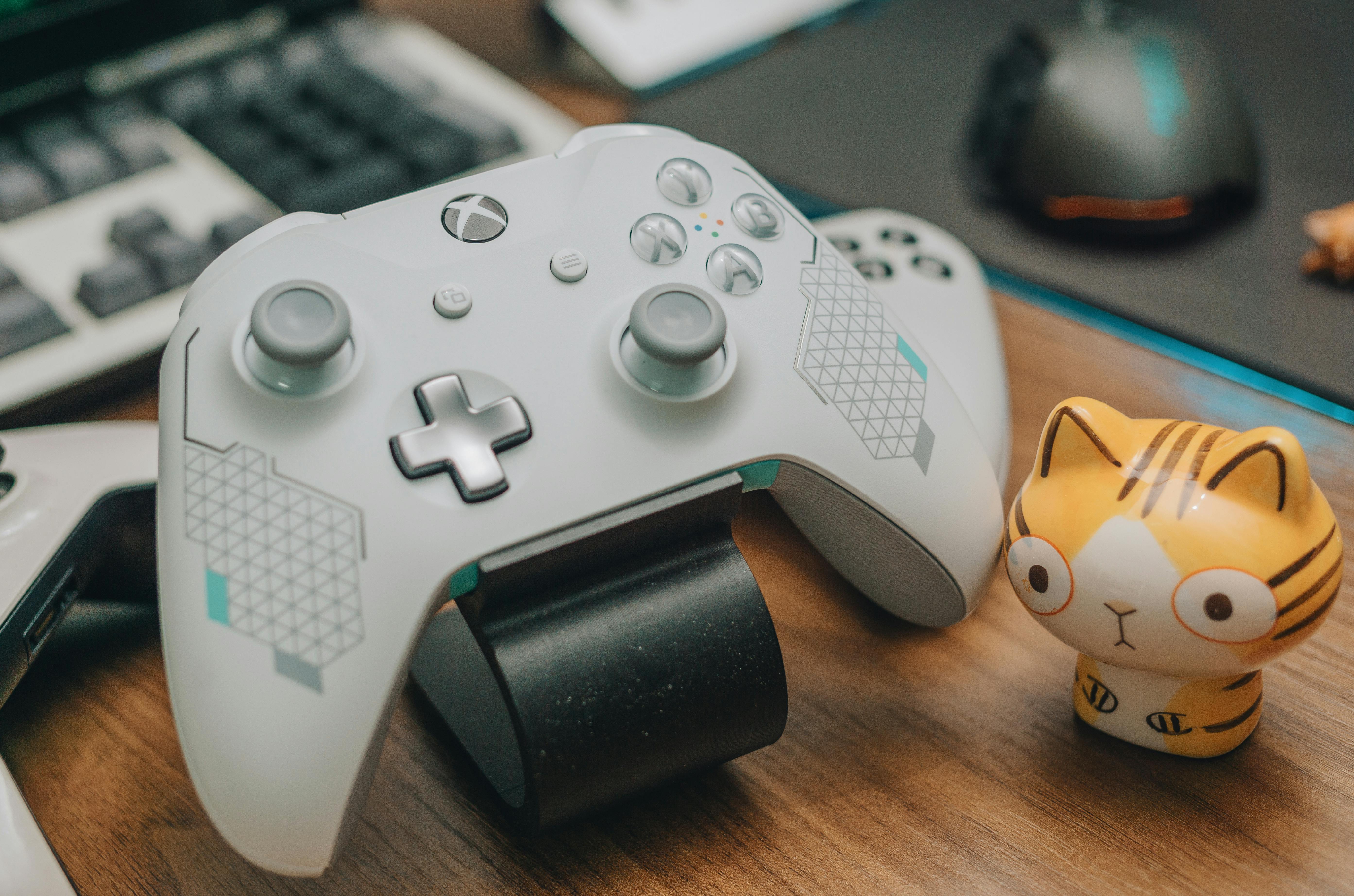the Life Path of Numerology (7); the path of the lonely
Have you ever met someone who likes to reason things out for themselves, just seems to know the right answer, and hates working around other people’s schedules? They are most likely part of the 11% percent of the population that lives on the Path of Life (7), the Path of the Lonely. These individuals have birthdays that when added together and then reduced by the Fadic addition give us a result (7).
(For example, Johnny Depp, born June 9, 1963; 6 + 9 + 1963 = 1978 = 25 = 7)
Keep in mind that your life path is the numerological equivalent of your sun sign in astrology; telling us what are the main factors in the configuration of your Destination.
Talents and Skills
Loners’ main goal in life is to learn things on their own through personal experience. These people need alone time every day to stay sane. They have great powers of intuition, but they don’t always trust them, preferring to analyze problems logically. These people are perfectionists and hate being rushed into something. They do their best work when they can work at their own pace and do their own thing. Loners hate taking orders or even advice from other people. They like to figure things out for themselves.
Loners tend to hide their emotions from strangers. They are deep thinkers and tend to plan things for a long time; but when they act, they always do so quickly and decisively. These people tend to specialize in things, rather than being a jack of all trades.
Loners have strong spiritual potential and are often drawn to mysticism and the occult. They are rebels at heart and will be drawn to new or unusual belief systems different from those they were raised with. Devout Christians, Muslims, Buddhists, or even atheism are all possibilities here.
Loners’ achievements in life often come in surprising or mysterious ways, and they’re not always what they set out to do. They even surprise themselves in this regard.
Problem Areas for Loners
Loners dislike manual labor and tend to daydream too much. They can seem emotionally cold to people until they get to know them better. They also tend to get into trouble by refusing to take advice, often doing the complete opposite to show other people who is in control.
Famous Life Path (7) Loners
Famous people with this life path include: Paula Abdul, Muhammad Ali, Dan Aykroyd, Joan Baez, Christian Bale, Antonio Banderas, Candice Bergan, Valerie Bertinelli, Robert Blake, Ellen Burstyn, James Cameron, Eric Clapton, Glenn Close, Harry Connick, Jr., Elvis Costello, Geena Davis, Johnny Depp, Leonardo Dicaprio, Shannen Doherty, Michael Douglas, Fran Drescher, Carmen Electra, Ralph Fiennes, Carrie Fisher, Matthew Fox, Mel Gibson, Goldberg, John Goodman, Kelsey Grammer, Hugh Grant, Charles Grodin, Ethan Hawke, Tommy Hilfiger, Lauryn Hill, Janet Jackson, Donna Karan, Keria Knightley, Angela Lansbury, Heath Ledger, Lyle Lovett, Ewan McGregor, Toni Morrison, Ashley Olsen, Mary-Kate Olsen, Al Pacino, Se Ri Pak, Matthew Perry, Natalie Portman, Parker Posey, Trent Reznor, Julia Roberts, Susan Sarandon, Jerry Seinfeld, Danielle Steel, Patrick Stewart, Emma Thompson, Tanya Tucker, Naomi Watts, Scott Wolf, and James Woods.




